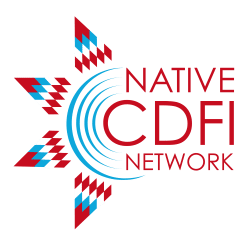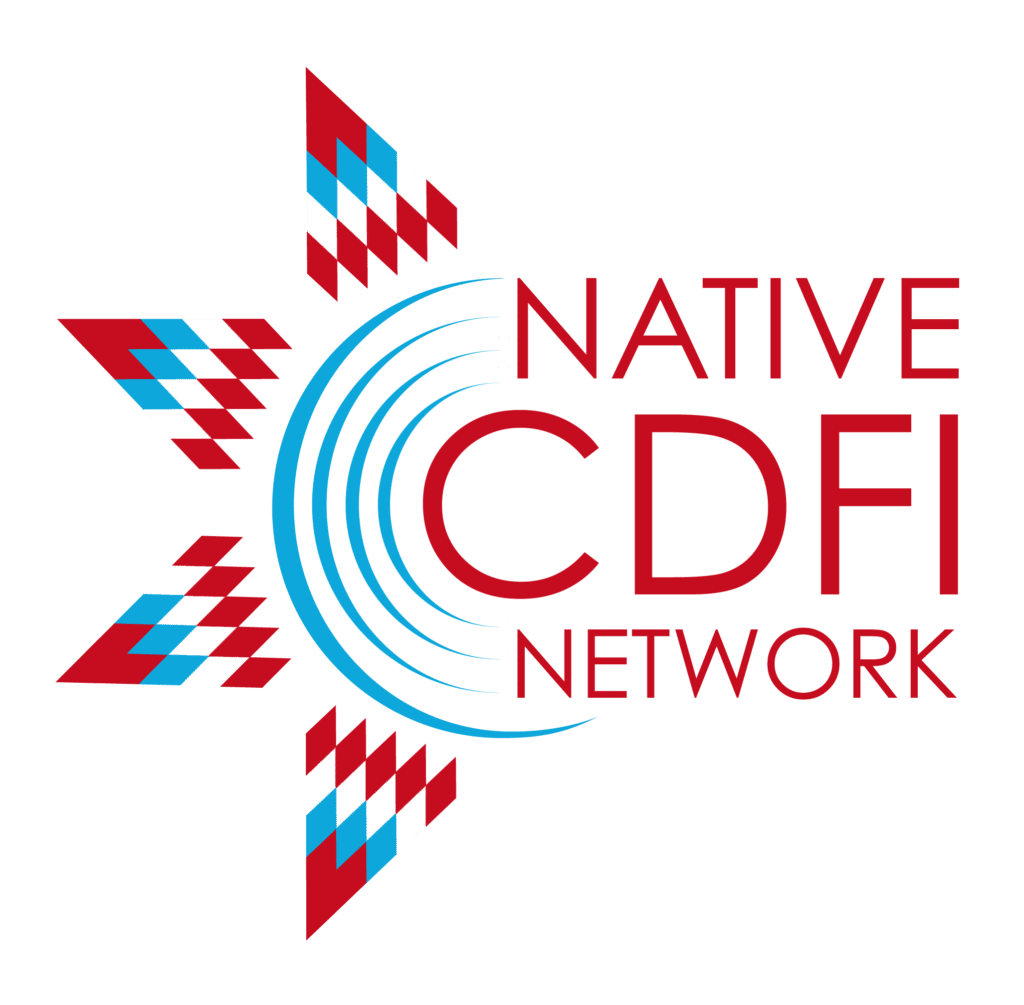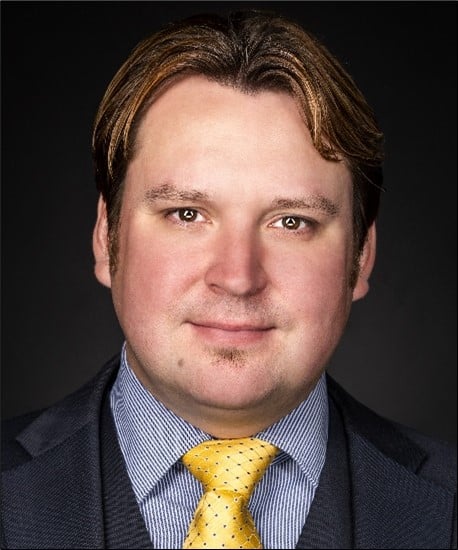
In this latest edition of “Difference Makers,” NCN sits down with Jonathan Zurek, who serves as Executive Director of the Seneca Nation of Indians Economic Development Company (SNIEDC), a federally certified Native CDFI based in Salamanca, New York. Chartered in 1993 by the Seneca Nation of Indians Tribal Council, SNIEDC is a specialized financial institution that works in market niches that are underserved by traditional financial institutions.
An enrolled Seneca Nation Member, Zurek attained a Master of Business Administration degree in Finance/Strategic Management and a Strategic Management Professional Certificate from St. Bonaventure University, and he is currently pursuing a Master of Science degree in Business Analytics. Prior to joining SNIEDC in 2019, he served as the Assistant to the Treasurer for the Seneca Nation of Indians, where he helped plan and manage a $200 million budget. He also served as Treasurer and Chair of the Audit Committee for the Seneca Gaming Corporation from 2018 to 2021.
In this insightful conversation with NCN, Jonathan shares how SNIEDC works in tandem with Seneca Nation’s other economic and community development entities, and how its loan products provide targeted support to small businesses that are looking to grow.
NCN: Greetings Jonathan, it’s good to have you with us today. Welcome.
Zurek: It’s a pleasure being here. Thank you.
NCN: So why do you do what you do? How did you come to lead the Seneca Nation of Indians Economic Development Company?
Zurek: I have worked in different capacities within Seneca Nation over the years. I worked in its gaming corporation for seven or eight years right after college, where I was on the entertainment side. I then pursued my MBA in finance and strategic planning and management. From there, I went to work for the executive offices of the Seneca Nation in the Treasurer’s office and President’s office. After a while, I decided to transition away from Seneca Nation when I got a call saying, “We need your help with SNIEDC.” It was supposed to be short-term until they found an executive director. Then I was asked why I was not applying for the executive director! So that’s how I got here. But I am trying to make a difference within the community. Working in Seneca Nation’s executive offices, I saw the community issues firsthand and helped to come up with different solutions to address them. I’m doing the same thing now, just in a different capacity.
NCN: As you know, there are more than 70 federally certified Native CDFIs across the country and many more “emerging” CDFIs following in their footsteps. Why did Native communities feel it necessary to create CDFIs, and what fundamental role do they play?
“We understand the more humanistic side when it comes to lending. There are ebbs and flows in life, and our clients might have some hardships. We feel those hardships with them. And we’re just as proud as anyone else when they’re doing great. We’re also in the trenches with them trying to figure out different strategies to get them on their feet again.”
Zurek: The main underlying goal is quality of life. In most Native communities, there are no financial institutions that cater to the community. With traditional banking, the money is there but there’s a lot of collateral requirements that Native families can’t do, so there’s a funding gap. Having a Native CDFI gives people that access they wouldn’t normally have. And then there’s the educational piece we provide. A lot of our communities don’t really have the concept of money and basic financial literacy, so we’re there to bridge that gap.
NCN: Ten years ago now, SNIEDC did a market study to get a better handle on the financial needs of the Seneca people. From that came your financial education and credit repair initiatives and your one-on-one counseling. Can you share more?
Zurek: When that came about, there was a Seneca business incubator program that Seneca Nation developed, and it was doing a lot of credit counseling. When I came on board, the Seneca Nation didn’t want to pursue funding that project anymore. I was asked if we could take on that initiative, and I said yes. We took on the initiative’s employees and are working to bring back the business incubator, but the credit counseling and the financial literacy education are things we do now. We want to evolve and put ourselves in a facility where we can have business incubation space with small retail shops and work with those small business owners one-on-one to help them grow.
NCN: What do policymakers, philanthropy, banking institutions, and the general public who aren’t familiar with Native CDFIs need to understand about them and the difference they make?
Zurek: They don’t really understand how much we’re woven into the fabric of the community. We’re community members. We see the struggles our clients have. Our job is to figure out the best solutions for the different issues we see. For example, you won’t get the financial literacy piece at a traditional bank. They’re not going to teach you what the interest rate means, if it’s a fixed rate or variable rate. You’re expected to know these when you sign on the dotted line. We do a lot of that. We custom model certain products. We have three business products. But those are just the start. When we go through the application process, it might take a little more time, but these are a little bit riskier loans. We might say, “Hey, let’s add a couple of caveats in.” If they’re able to complete our financial literacy program or give us financial data on a monthly basis, and if they meet certain goals or benchmarks, we’ll work with them on forgiving that loan or doing reduced interest rates. Again, we’re trying to create that quality of life for our community members. That’s what it boils down to. We understand the more humanistic side when it comes to lending. There are ebbs and flows in life, and our clients might have some hardships. We feel those hardships with them. And we’re just as proud as anyone else when they’re doing great. We’re also in the trenches with them trying to figure out different strategies to get them on their feet again. We say to clients, “We don’t want you to fail. We’re in a partnership with you, and we want you to succeed.”
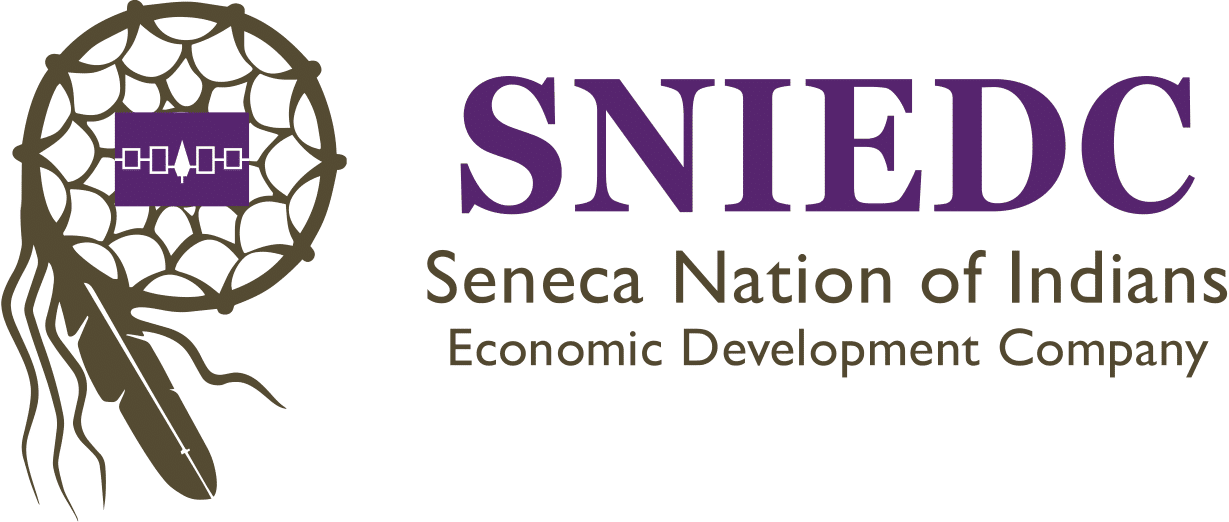
NCN: Let’s dive into the Seneca Nation of Indians Economic Development Company. According to SNIEDC’s website, your mission is “to provide financial support and services in developing Native Communities and surrounding areas by offering housing, commercial real estate, entrepreneurial and our consumer lending solutions.” Tell us more – what should our readers know about the difference SNIEDC makes?
Zurek: Seneca Nation provides several different developmental services. We’re just one of them. Seneca Nation provides a mortgage program, a housing program, and its own credit union. We do our best to collaborate with everyone. There’s some gaps these other entities can’t provide. We make sure we provide them. That’s why our main staple was the entrepreneur-type lending. Then we started seeing other gaps in opportunity like home equity loans that the housing and mortgage programs don’t have the capacity to do. So we said, “We’ve got access to funding. Let’s keep moving the needle and take on these consumer-type products.” So we started with home equity loans and we’re looking to do energy efficiency loans and technology loans also. Seneca Nation has been working to reinvest into the community, so there’s been a big push for broadband and solar energy for residential homes. But there’s some funding gaps the Nation can’t take on, so we see an opportunity there to help. We can provide an additional funding source to help bridge that gap.
Also, Seneca Nation is restricted fee land, so it can’t be collateralized for traditional lending. Prior to SNIEDC venturing out, especially into the consumer loans as we’re starting to do now, there really weren’t many lending options. As a result, predatory lenders would come on to our territory. With those loans, that predatory loan interest rate skyrockets and suddenly you’re stuck in a bad situation. So we work with our federal credit union and refer them to do credit rebuilding loans.
NCN: Like other Native CDFIs, SNIEDC provides micro loans and revolving business loans to its clients, but you also offer commercial mortgage loans for mortgages on tribal lands. Why did SNIEDC decide to provide this loan product to its clients, and how is it benefitting the Seneca community?
Zurek: As our small businesses grew, there was a need to get them into bigger facilities. Back in the late 1990s and early 2000s, online cigarette sales were big on our territories and there were a lot of storage warehouses built. Then when the online cigarettes went away, you had all of these empty warehouses and nobody really did anything with them. So when our clients’ businesses started to grow, we said “Hey, they need bigger facilities and they can go into these empty warehouse spaces.” So we provide them financing through a 20-year loan, instead of traditional banks that offer a seven-year term. It’s hard for our small businesses to pay off hundreds of thousands of dollars in seven years.
Also, part of our territory shares land with the town of Salamanca, which has a lot of dilapidated buildings and homes. We were trying to figure out how to beautify Salamanca, and with this product, clients can come in and say, “Hey, I got a bid on this building. I’m looking to do six residential units for low-income housing, and we are planning two commercial rentals on the bottom. I want to renovate this building and get it up and going. I have potential business partners that want to rent out the units.” They bring us a business plan and we say, “We can help you renovate.” You might buy the building for $80,000 and put another $120,000 into it. At the end of the day, you have an updated building and an increased base for low-income housing. It brings a better quality of life and a beautification to the area.
NCN: In the midst of the COVID-19 pandemic, SNI EDC received a $1 million Rapid Response Program grant from the federal government to help the Seneca community address the economic impacts of the pandemic. How did SNIEDC put this to good use?
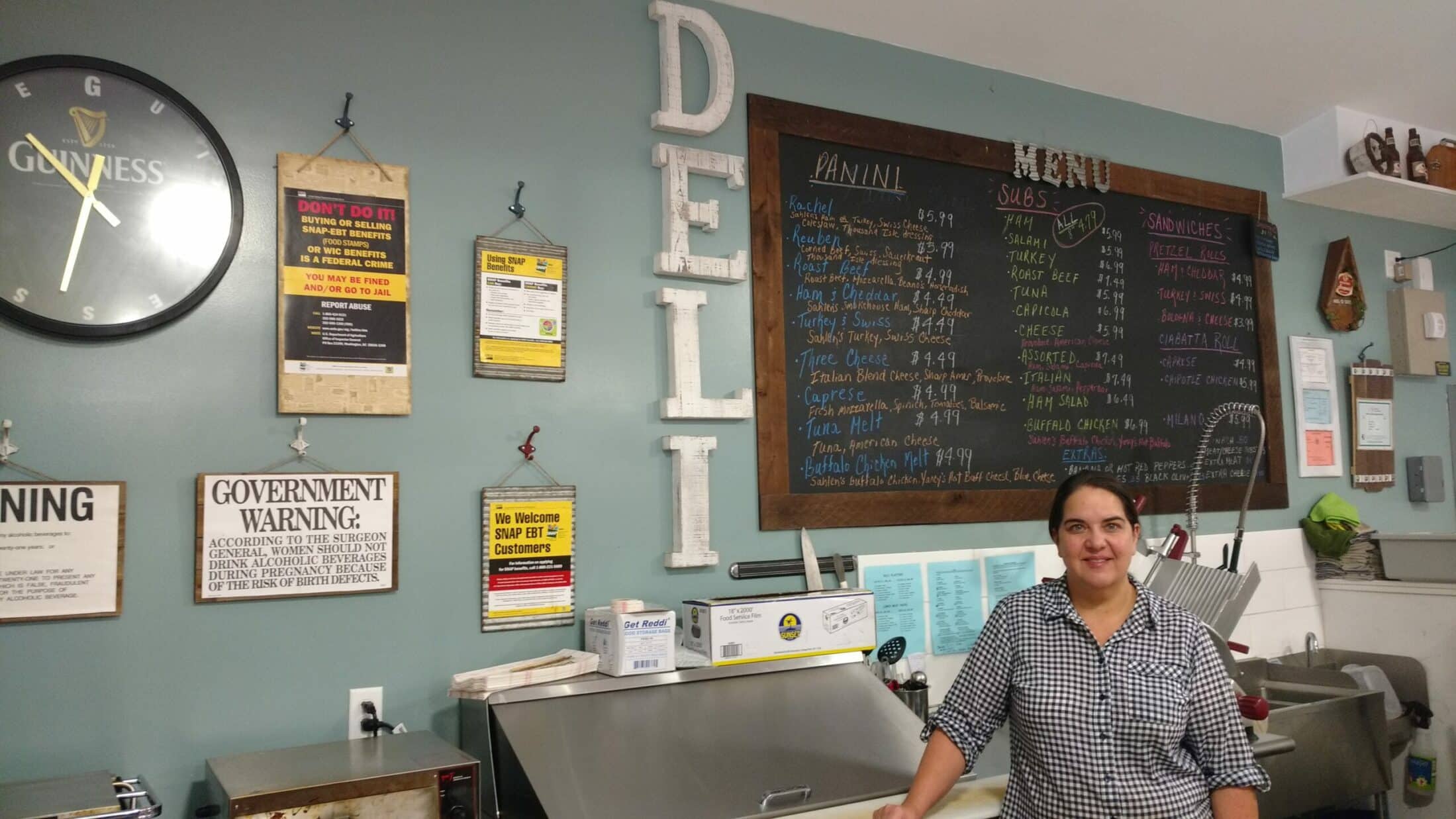 SNIEDC client Brandy Lombardo, owner of Deli O’s on the Lake (Courtesy: Seneca Nation of Indians Economic Development Company)
SNIEDC client Brandy Lombardo, owner of Deli O’s on the Lake (Courtesy: Seneca Nation of Indians Economic Development Company)Zurek: We are still putting it to good use. We had quite a few businesses that grew during COVID, especially a lot of the food service businesses we’ve invested in. They needed to expand their facilities. So we had a lot of business owners who came back in and said, “This is a good time for us to grow.” So we are using the funding for that purpose, and then we’re supporting our home equity product with it. There’s a lot of people wanting to reinvest in their homes. They’re looking at either home additions or remodeling parts of their home. This gives them an affordable option to tackle everything all at once.
NCN: SNIEDC has helped a great number of people. Is there an individual client success story that really sticks out to you, that really inspires you?
Zurek: It’s like trying to pick a favorite child! There’s been many good people we’ve invested in who’ve been doing a great job. For example, we’ve got this manufacturing business owner that does pallet restorations. After we first invested into him, we had to keep reinvesting and we were thinking, “We’re investing so much. Yet he needs this capital to get to the next level.” We stayed confident it was going to work out with him. He’s got the work ethic and the business is going grow. Now, he’s doing great and has been able to self-sustain on his own. He’s employing 10 to 12 people now. He’s doing a lot of big contracts with outside companies like Walmart and Home Depot. He picks up the pallets, restores them, and sells them back on the market.
NCN: From your perspective, what do Native CDFIs like yours need to realize their full potential? What support do they need to achieve their missions and maximize their impact?
Zurek: For me, it’s about how we continue to grow to improve the quality of life in our community. There’s no quick answer and it’s not going to happen overnight. Reflecting back on my three years with SNIEDC, our board, our loan committee, and our staff are all dedicated to improving that quality of life. In my role as executive director, I’m not really in charge or anything. I’m more like the glue. I get all of this input and try to make sense of it. I say, “Well, here’s an idea,” and I throw it back to the staff, board, and loan committee and they critique it and whittle away at it, and then they say, “Okay, take another shot at it.” That’s how we work. It’s not just me dictating what the product should be or the next step in our direction. It’s a full commitment from our board, loan committee, and staff that really takes us to the next level. We’ve been really successful over the past few years collaboratively putting things together.
To learn more about the Seneca Nation of Indians Economic Development Company, please click here.
